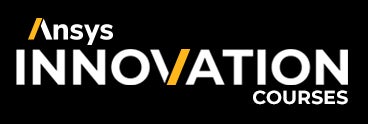Prediction of Free Surface Profile — Lesson 3
This lesson covers the prediction of free surface profiles associated with the welding process. It delves into the fusion rolling process, explaining how the top surface profile may not be flat after welding and how this curved surface can be modelled. The lesson also discusses different methodologies used in the fusion rolling process to predict the boundary profile, including the level set method, volume of fluid, and phase field. It further explains the interface capturing method and interface tracking method, highlighting their advantages, disadvantages, and suitable applications. The lesson concludes with a discussion on the phase field method, particularly its use in predicting dendritic structures during the solidification process.
Video Highlights
01:05 - Modeling approaches on the free surface profile in case of the fusion rolling process
06:20 - Interface tracking method and the Lagrangian approach
10:51 - Explanation of the volume of fluid method and how it defines the volume fraction field
13:24 - level set method and how it overcomes the difficulties of the discontinuous function
15:28 - Phase field method and how it depends on the diffuse interface
Key Takeaways
- The top surface profile in the fusion rolling process may not be flat after welding, necessitating modelling.
- Different methodologies are used to predict the boundary profile in the fusion rolling process, including the level set method, volume of fluid, and phase field.
- The interface capturing method is based on the Eulerian description and defines the surface over a fixed mesh.
- The interface tracking method follows the Lagrangian approach, tracking the position of the free surface or boundary in exact mapping with the mesh.
- The phase field method uses a diffuse interface principle and includes the phase state in the governing equation.

